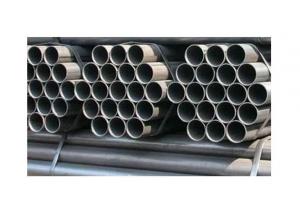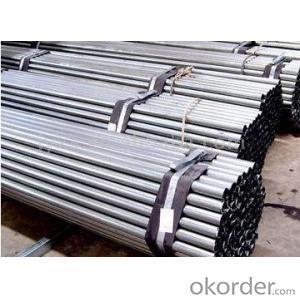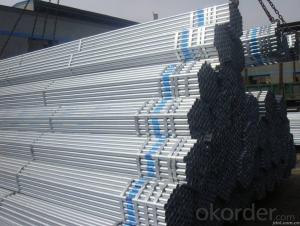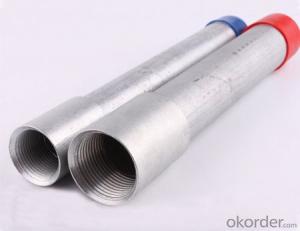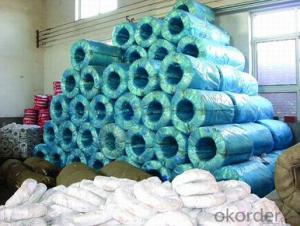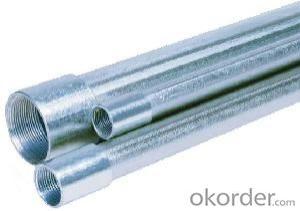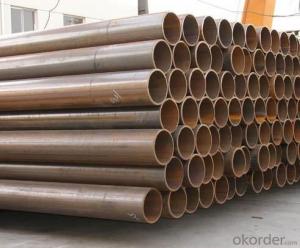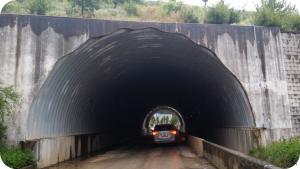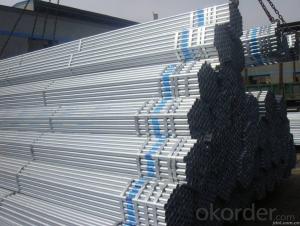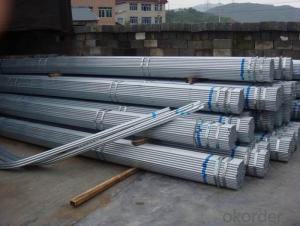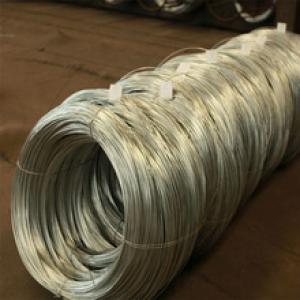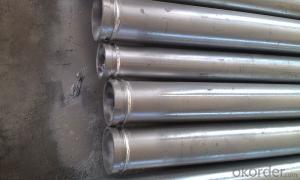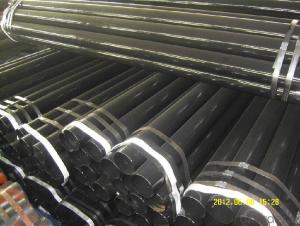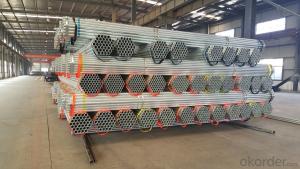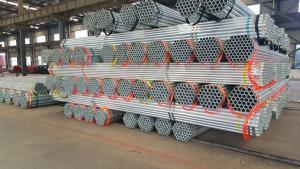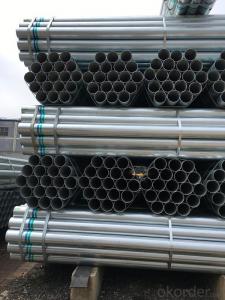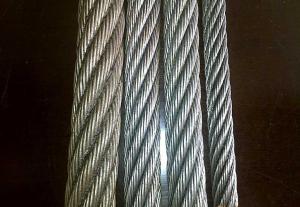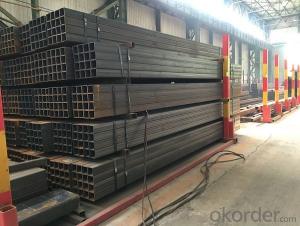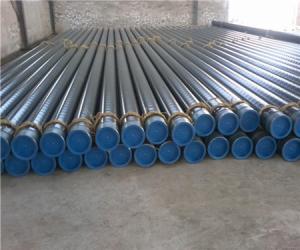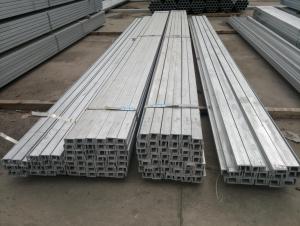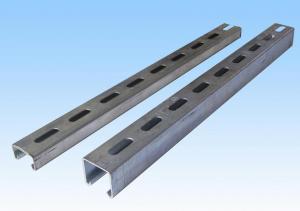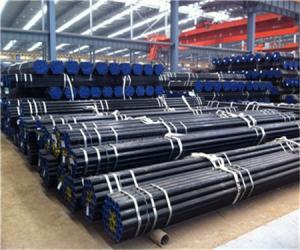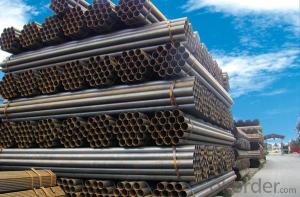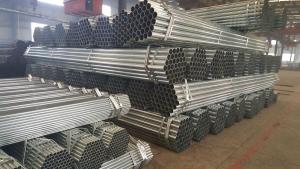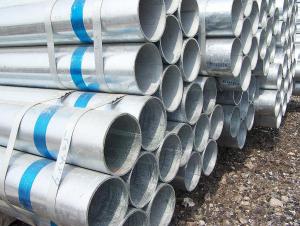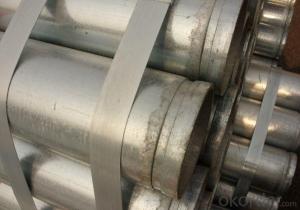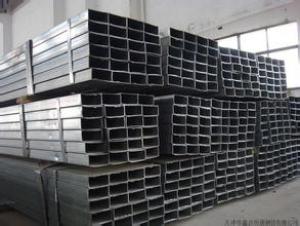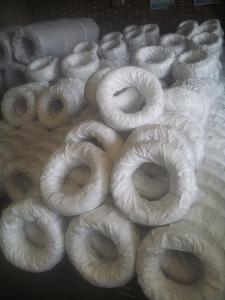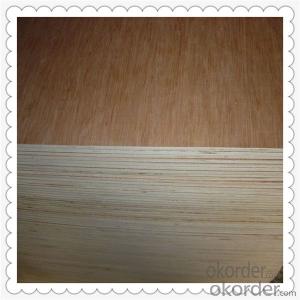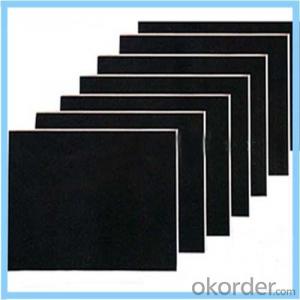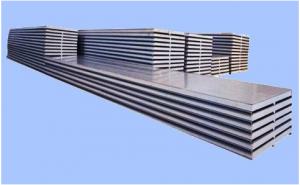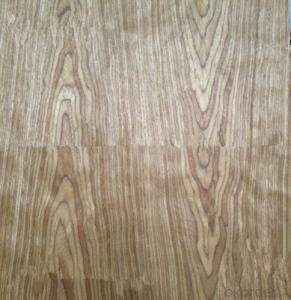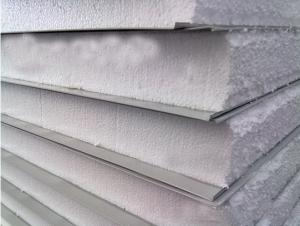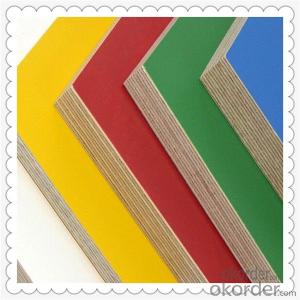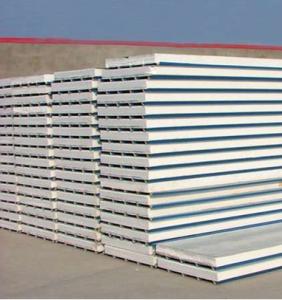Galvanized Steel Culvert Pipe
Galvanized Steel Culvert Pipe Related Searches
Galvanized Steel Pipes Galvanized Steel Piping Galvanized Steel Tube Galvanized Tube Steel Non Galvanized Steel Pipe Galvanized Steel Tub Galvanized Steel Square Tubing Galvanized Steel Tank Galvanized Steel Tubs Steel Galvanized Galvanized Steel Grating Galvanized Steel Beams Galvanized Steel Panel Galvanized Steel Bucket Galvanized Stainless Steel Galvanized Steel Siding Galvanized Steel Panels Galvanised Iron Wire Galvanized Steel Planter Galvanized Steel Roof Galvanised Scaffold Tube Galvanized Corrugated Steel Galvanized Steel Shed Rigid Galvanized Steel Conduit Galvanized Steel Fence Galvanized Steel Pool Galvanized Steel Paint Galvanized Steel Wall Panels Galvanized Steel Fencing Galvanized Steel EdgingGalvanized Steel Culvert Pipe Supplier & Manufacturer from China
Galvanized Steel Culvert Pipe is a type of steel pipe that has been coated with a layer of zinc to provide corrosion resistance and protection. This type of pipe is commonly used in construction and infrastructure projects, particularly for water drainage and transportation systems. The galvanization process enhances the pipe's durability and lifespan, making it an ideal choice for various applications.The Galvanized Steel Culvert Pipe is widely used in civil engineering and construction projects due to its strength, durability, and resistance to corrosion. It is often employed in the construction of bridges, roads, and other infrastructure where water drainage is a critical factor. The pipe's ability to withstand harsh environmental conditions and resist rust makes it a preferred choice for many contractors and engineers. Additionally, its ease of installation and low maintenance requirements contribute to its popularity in various usage scenarios.
Okorder.com is a reputable wholesale supplier of Galvanized Steel Culvert Pipe, offering a vast inventory to cater to the needs of various projects. With a commitment to quality and customer satisfaction, Okorder.com ensures that the products they supply meet the highest industry standards. Their extensive range of sizes and specifications allows customers to find the perfect fit for their specific requirements, making them a reliable source for Galvanized Steel Culvert Pipe.
Hot Products
